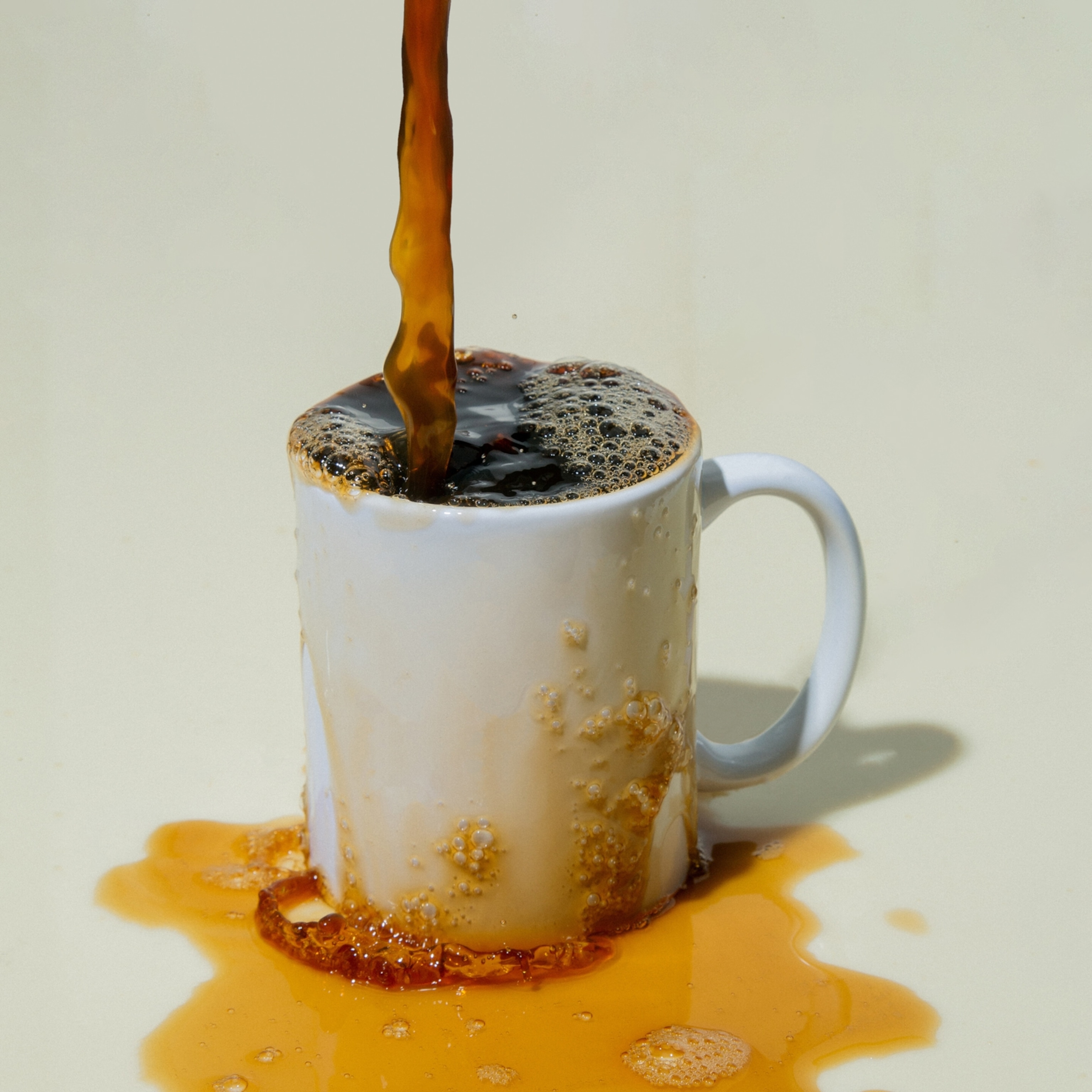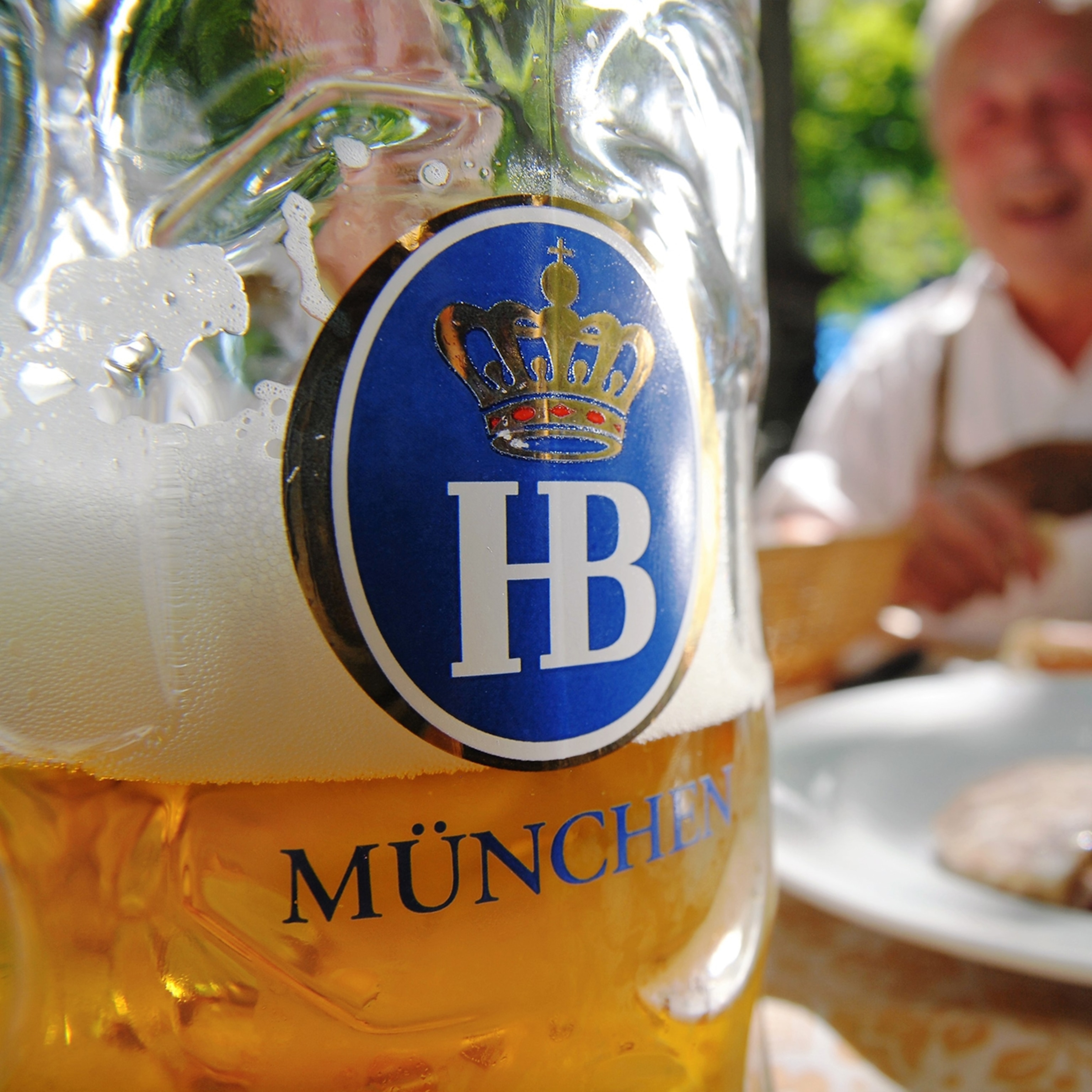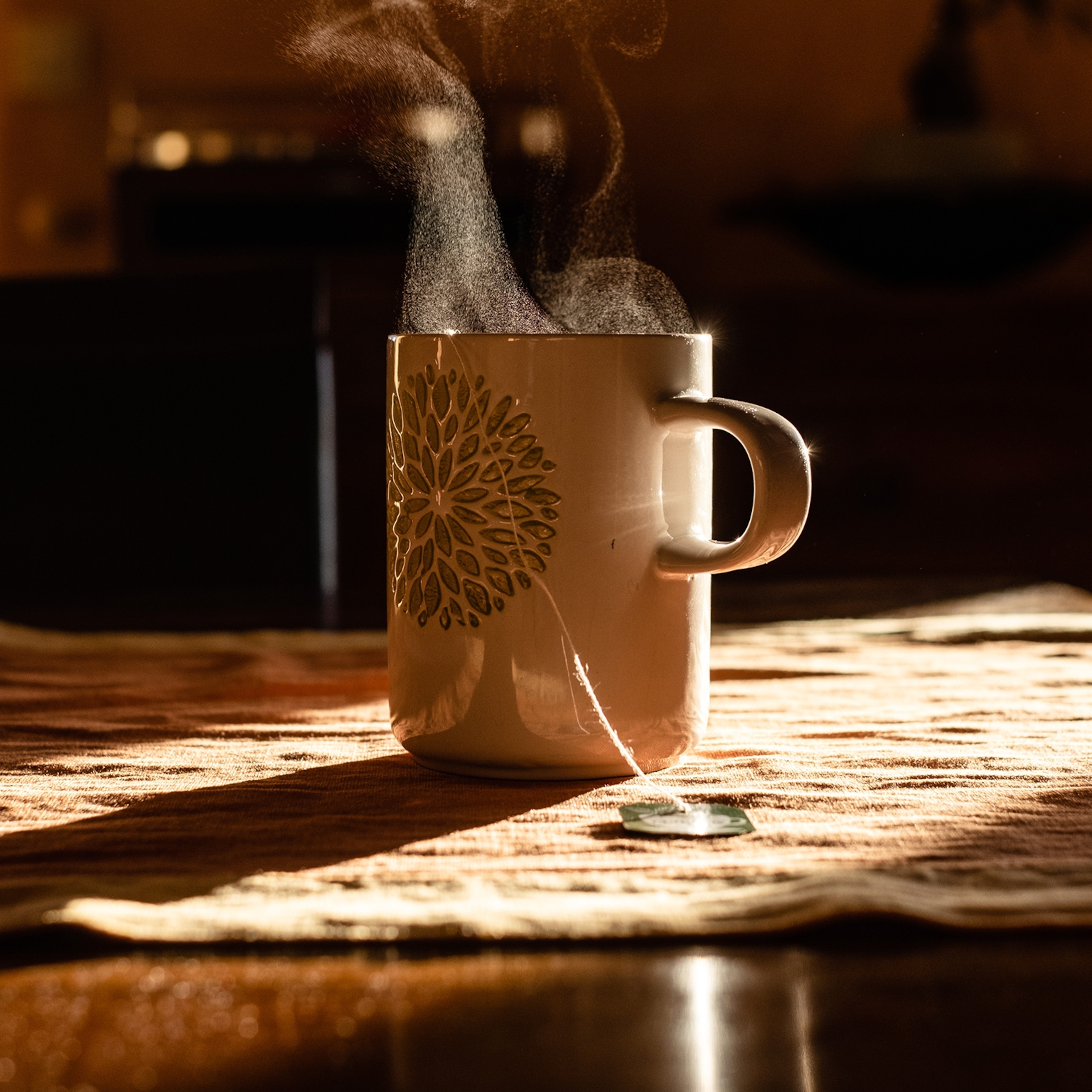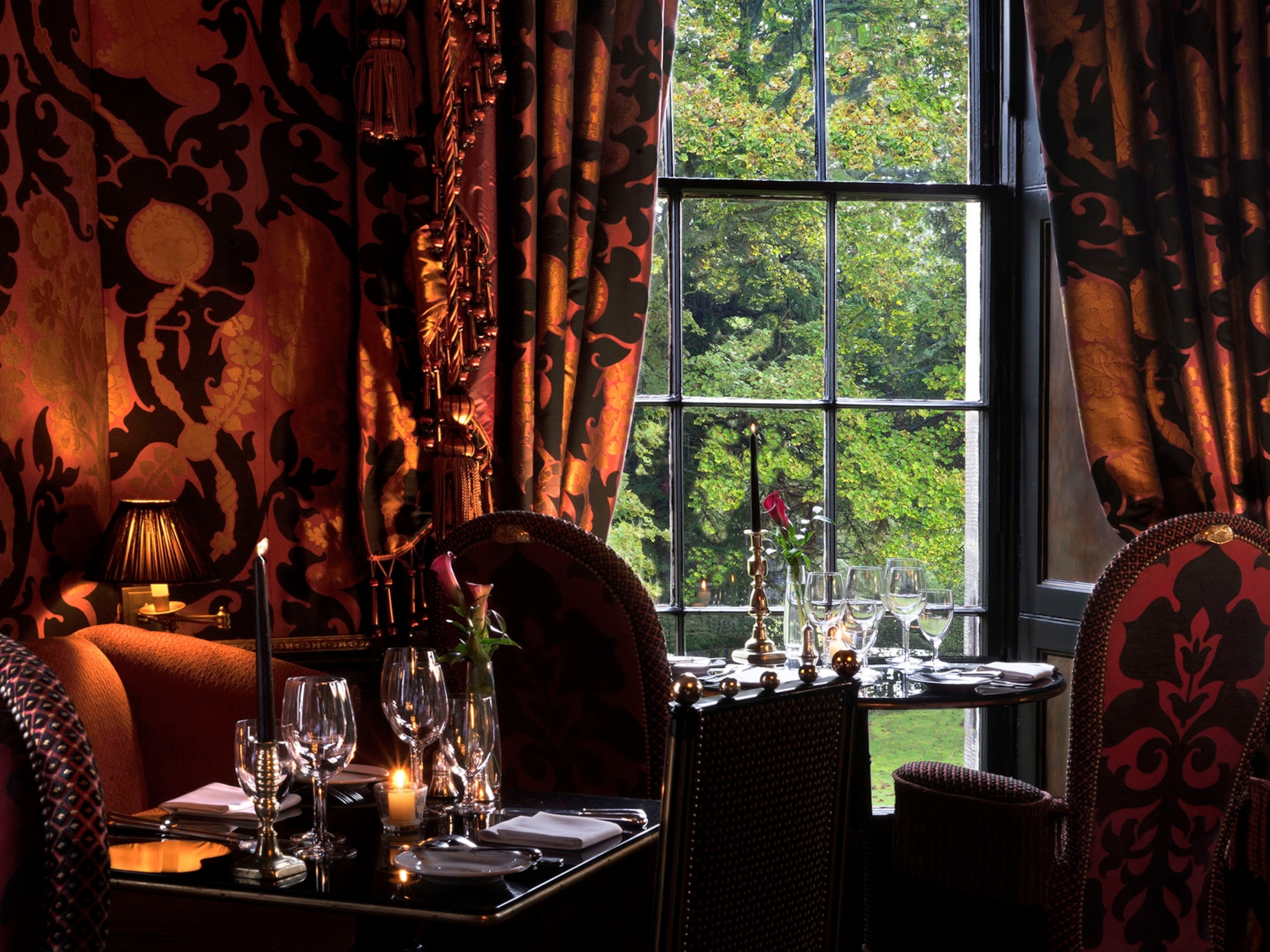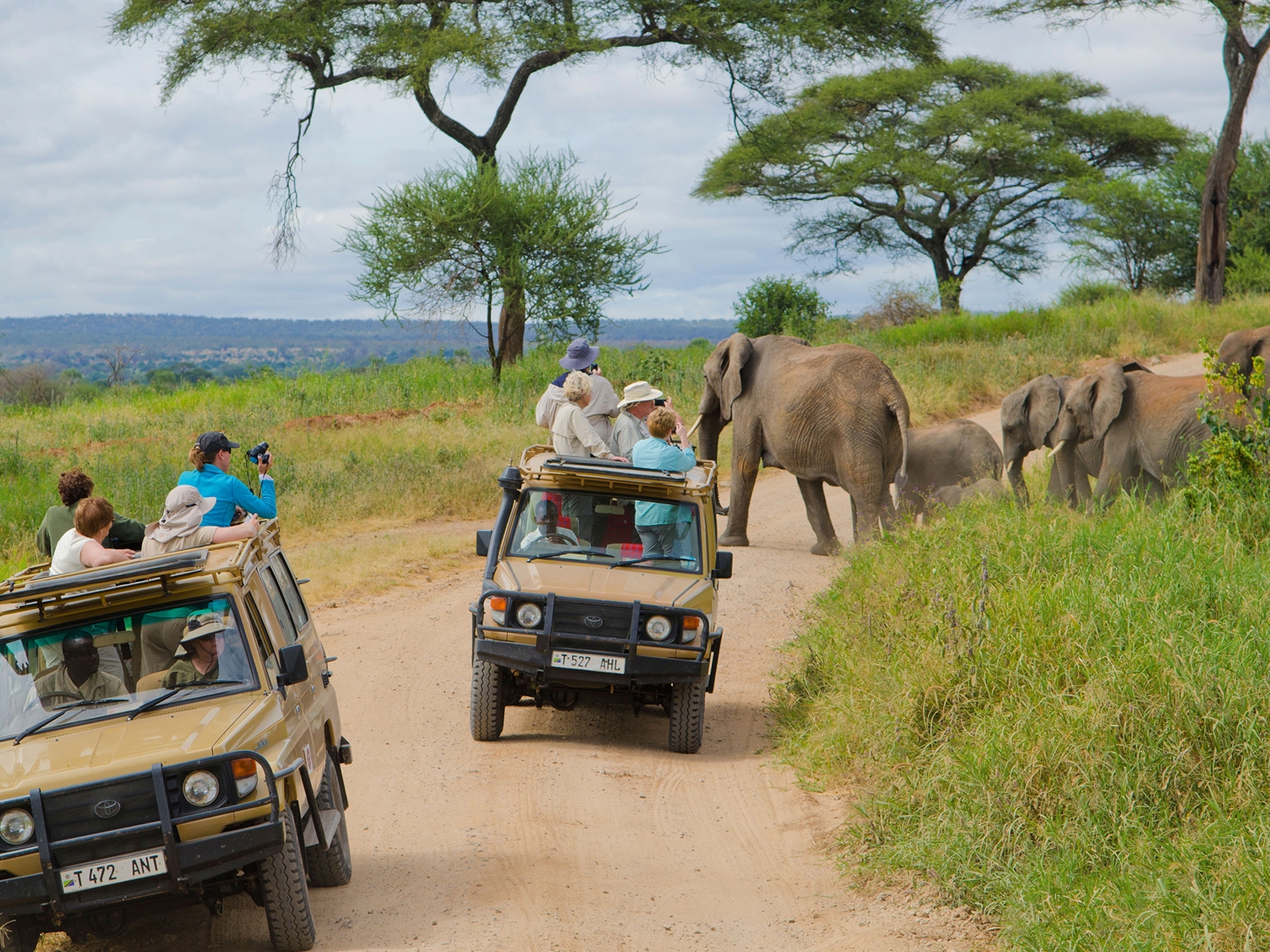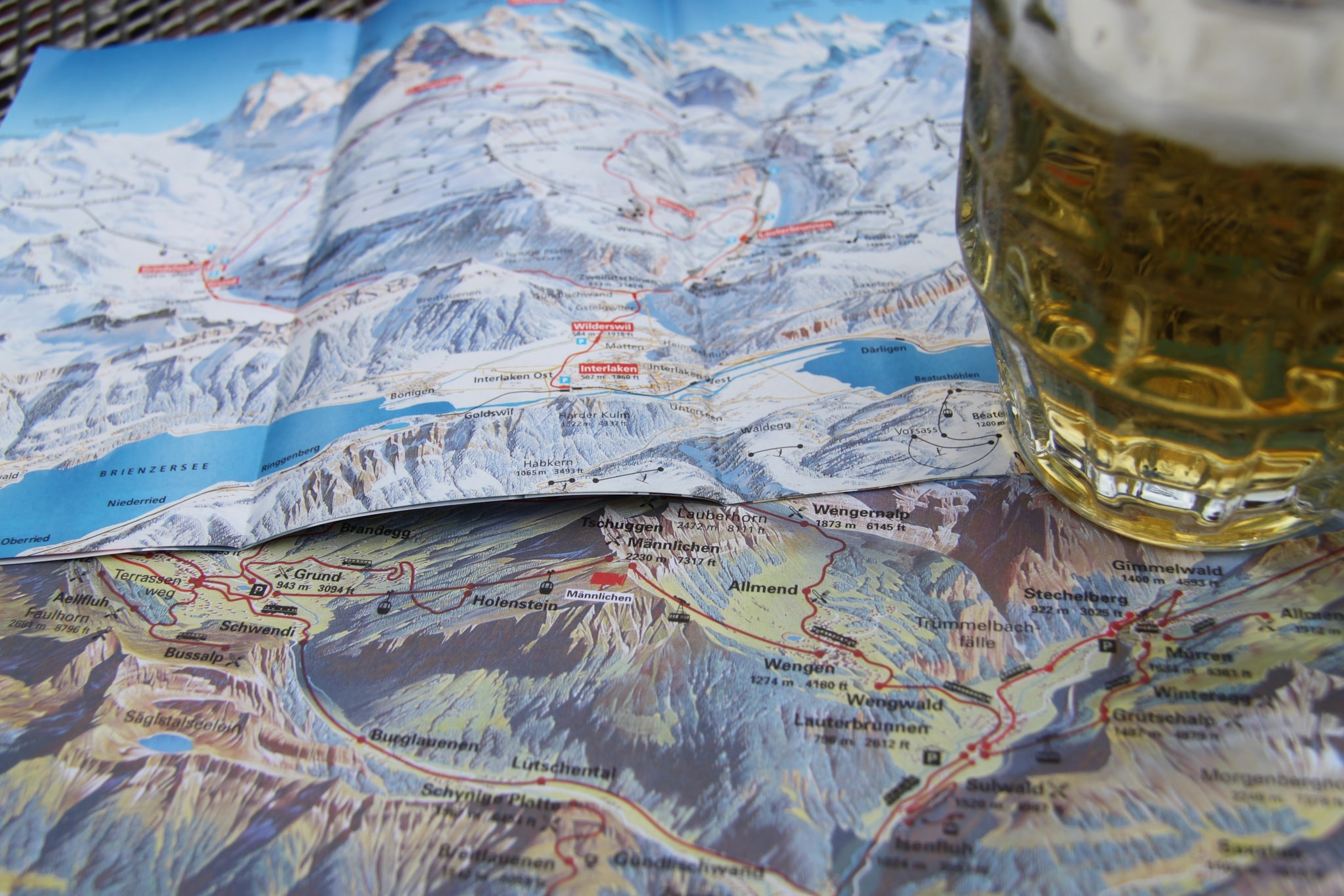
Grab a Beer, Explore the Globe
Beer is the third most widely consumed beverage in the world, after water and tea. Many of us love it but don’t give much thought to where it originated, how it has changed with the migration and climate of its creators and how much it drives economies today.
Take two beer-loving geographers and a crazy idea to educate people about their favorite beverage, and you’ve got the makings of a book about global spatial relationships, as seen through beer goggles. Appropriately, the book was born as a sketch on the back of a cocktail napkin.
Mark Patterson and Nancy Hoalst-Pullen, a.k.a. The Beer Doctors on Facebook and Twitter, are geographers from Kennesaw State University in Georgia. They published an academic book called The Geography of Beer last March, and have since turned it into a course and a study abroad program. Hoalst-Pullen will be giving a TEDx talk on using beer to expand geographic literacy later this month.
The pair recently stopped by National Geographic headquarters in Washington, D.C. to teach us how the four main ingredients–water, cereal, hops and yeast–are manipulated all over the world to create beer that’s unique to a particular region. Yes folks — beer terroir.
We sat down to talk with them last week about their book and what’s coming next. (The interview was edited for clarity.)
In your book, The Geography of Beer, you have compiled intensely serious scholarly research on the regions of the world where beer began and where it spread, the environment’s impact on the beverage, and beer’s impact on various societies. What prompted you to give beer – a fun and delicious beverage – that kind of scientific scrutiny?
Nancy: The simple answer is that basically we were given an opportunity to do fun research, so who wouldn’t take it? Geography is the underlying tone of how beer can be looked at.
What do you mean?
Nancy: It means that you can pretty much look at anything–economics, policy, culture, the physical environment–what makes it geographic… is how one place interacts with another place.
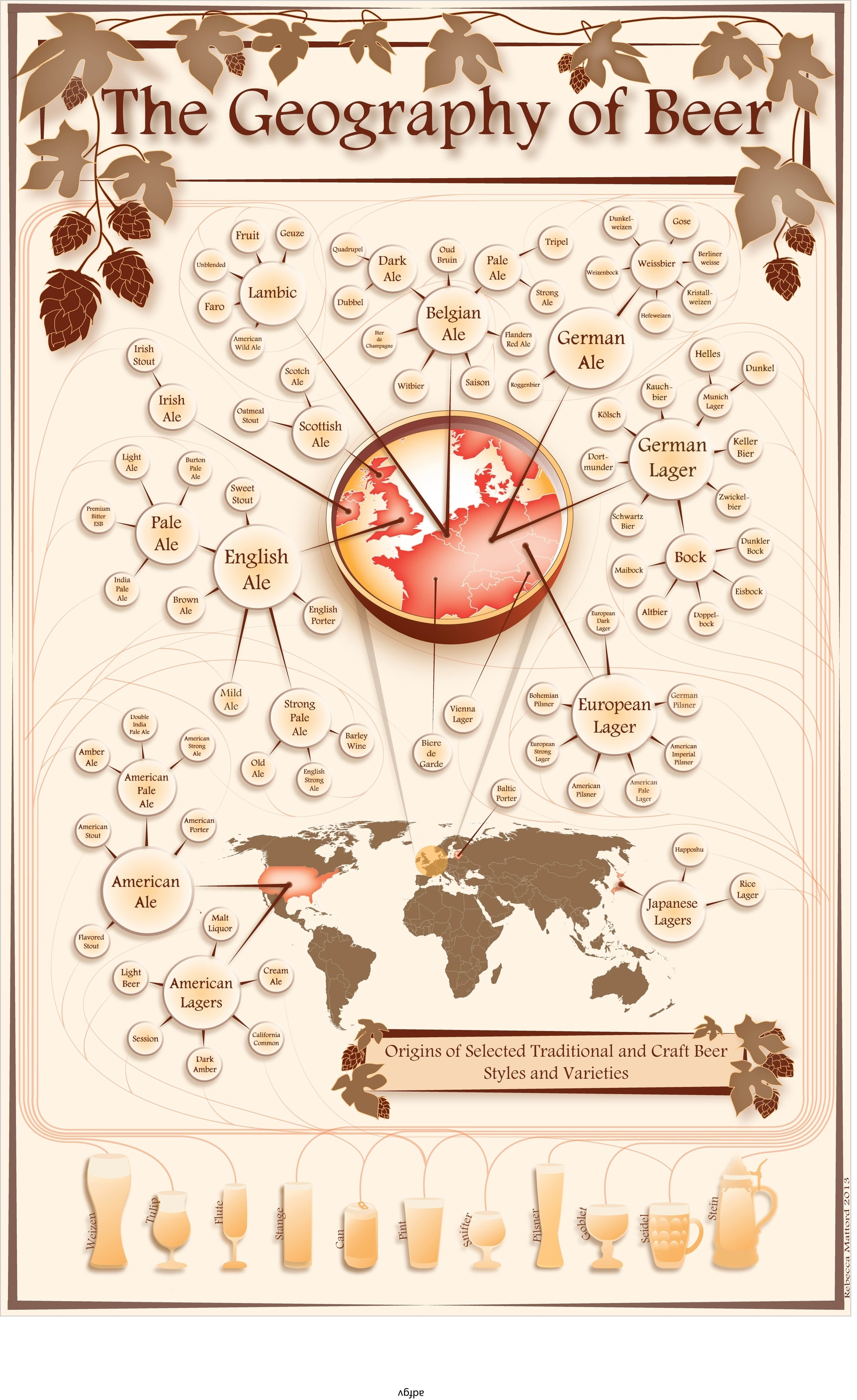
Beer spread from the earliest civilizations in the Fertile Crescent (thanks in part to female brewers, according to your book,) through Europe via the Romans (who didn’t really like it all that much, compared to wine, but realized its value to others). Now we can buy it anytime, anywhere. But why isn’t there major beer development in Africa, China, or South America?
Nancy: Actually, China right now produces more beer than any other [country] in the world. The reason we just don’t know about it is they just don’t export it.
Mark: SABMiller – that stands for South African Breweries – started in Nigeria. The company is definitely a big player in the global market. Now it’s headquarters is in London. The four big companies that dominate the market are now based in Europe.
Nancy: But people in Africa drink beer, it’s just not bottled beer. It’s more a home-based brew.
Any good?
Nancy: It gets the job done.
Mark: As for South America, it’s got more wine areas, given the climate and colonial legacy. [Editor’s note: Not coincidentally, grapes grow better there there than barley.] If you look at the geography – you’re looking at the southern quarter of the continent. That’s not a lot of arable land.
Nancy: [South and Latin America are] probably where the U.S. craft brewery was a couple of decades ago.
Four companies control 50 percent of the world’s beer market, which is still largely dominated by industrial, American-style lagers. Yet there are hundreds of styles being revived and or invented by microbreweries. Do you see the microbreweries as having staying power, or will the large companies swallow them up?
Mark: We’re seeing a shift from the big guys to the craft brewers.
If you look at the growth in the craft brewing industry, from the early to the mid-80s, there was like, 100 breweries. Today there are about 3,000, but they only make up eight to ten percent of the market. That’s predicted to increase to 15 percent, while the amount of beer being produced by the big guys is decreasing.
Earlier on a lot of the big companies saw this was happening and they tried to get in on it. For example, Blue Moon is made by SABMiller, Shock Top by Anheuser-Busch InBev.
But craft brew consumers are fiercely loyal and they like the fact they can have a craft beer.
Nancy: It’s a loyalty thing. The concept is called neolocalism.
That can be a whole other book. So, regardless of brand, beer is made of four elements – water, cereal, yeast and hops. Why do pale ale, Lambic and lager all taste completely different?
Mark: Different regions will have different yeasts available… you start tampering with each of the four ingredients – that underscores the spatial perspective.
One of the examples is India pale ales, or IPAs. When Britain sent beer over to India [in colonial times,] the beer was spoiling before it got there. They found out that adding more hops preserved it longer.
They also found that people preferred the taste of beer from Burton on Trent. The water was harder.
Nancy: That’s because of calcium and choloride. Now, compare that to pilsners originating in the Czech Republic. Their water is soft and pretty much has no mineral composition… so the result is something that most lager drinkers will call clean and crisp.
How will global warming impact beer production in the future? Has it already made a difference?
Mark: Changes in precipitation probably have the greatest impact.
Nancy: How much water you get, when you get it and what are the temperatures – too little water, too much water, or water at the wrong time. For example, the barley crop in Idaho this year. There was lots of rain late in the growing season. It germinated in situ—basically starting the malting process. They had to throw it out.
Anything missing from your book?
Nancy: What we found that was missing was a lot of the politics. In talking with a lot of the brewmasters and brew owners, politics and federal and local policies play a huge role in the dynamics of making the beer…Every state is different.
Mark: I would like to see how beer intersects with culture. There are over 900 beerfests in the U.S., and the numbers are increasing, but beerfests vary from place to place … And we’d make it more about storytelling, less academic.

